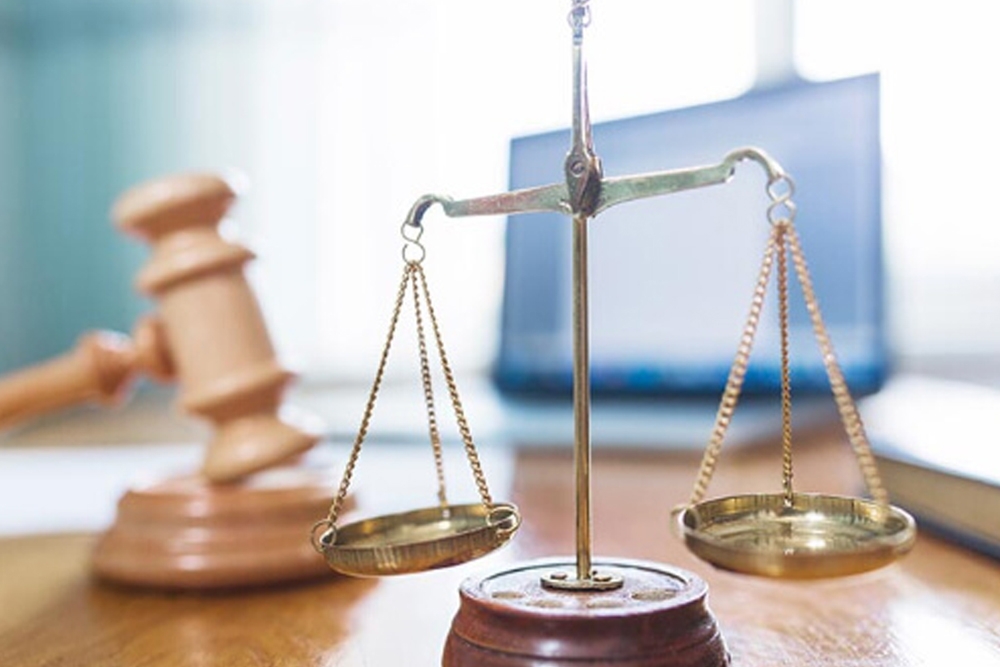When is Paying a Student Loan an Undue Hardship?

Section 523(a)(8) excepts federal and many private student loans from discharge in bankruptcy. The exception to the exception is when the debt will “impose an undue hardship on the debtor and the debtor’s dependents.” Unfortunately, Congress did not define “undue hardship” and left it to the federal courts to interpret its meaning.
The legislative history of Section 523(a)(8) implies that the purpose behind the statute was to set a high bar to discharge for educational loans in order to prevent abuse of bankruptcy and to protect the solvency of the educational loan program. In the case of Cazenovia College v.Renshaw (In re Renshaw), 222 F.3d 82, 87 (2d Cir. 2000), the Second Circuit Court of Appeals stated:
Congress enacted § 523(a)(8)because there was evidence of an increasing abuse of the bankruptcy process that threatened the viability of educational loan programs and harm to future students as well as taxpayers. Congress recognized that this is an instance where a creditor’s interest in receiving full payment of the debt outweighs the debtor’s interest in a fresh start.
Consequently, a student may not walk across the stage to receive his degree, then run to the bankruptcy court to discharge his student loans. On the other hand, Congress recognizes that there are some instances where a student loan debt should be discharged. The question is under what circumstances does “undue hardship” exist?
The Mechanical Tests
Bankruptcy courts have attempted to create mechanical approaches to the problem of undue hardship. The first mechanical test was created by a Pennsylvania Bankruptcy Court in In re Johnson, No. 77-2033 (Bankr. E.D.Pa.1979). The court created a complex test that compares the debtor’s past and future income and expenses to determine whether the debtor can pay the student loan debt and maintain a minimal standard of living. The test also includes an examination of the debtor’s good faith efforts to repay the loan, such as taking advantage of opportunities to reduce expenses or increase income. Finally, the court looks to the debtor’s motives in filing bankruptcy. The Johnson Test is highly convoluted, difficult to apply, and unfairly burdens the debtor.
After Johnson came the Bryant Test, first announced in Bryant v. Pa. Higher Educ. Assistance Agency (In re Bryant), 72 B.R. 913 (Bankr. E.D. Pa. 1987). The Bryant Test omits the motives of the debtor and focuses on after-tax income. When the debtor’s income is at or below the Federal Poverty Guidelines, the Bryant Test finds a presumption of undue hardship. In addition, even if the debtor’s income is substantially above the poverty line, the debtor may still prove undue hardship with unique or extraordinary circumstances.
